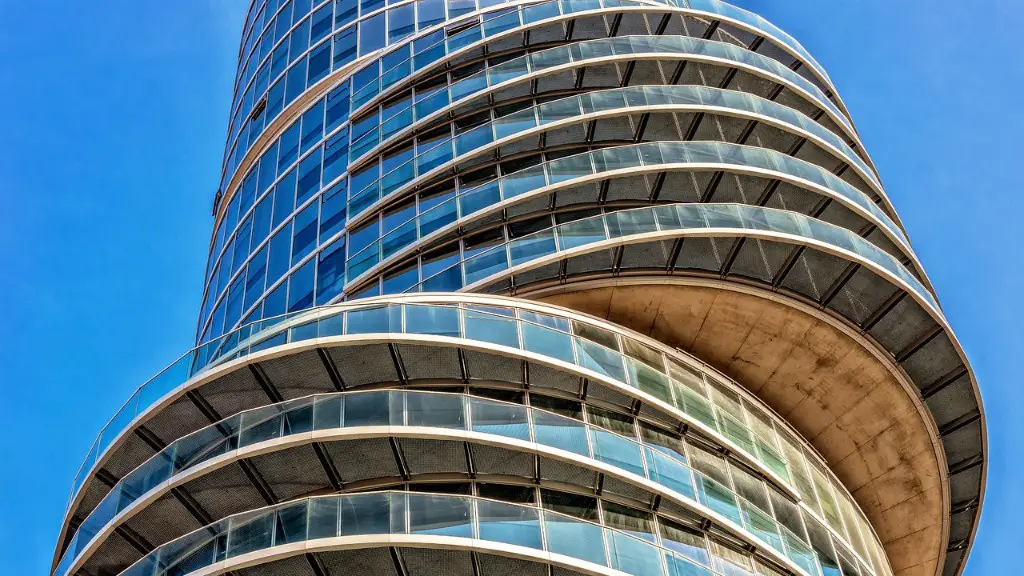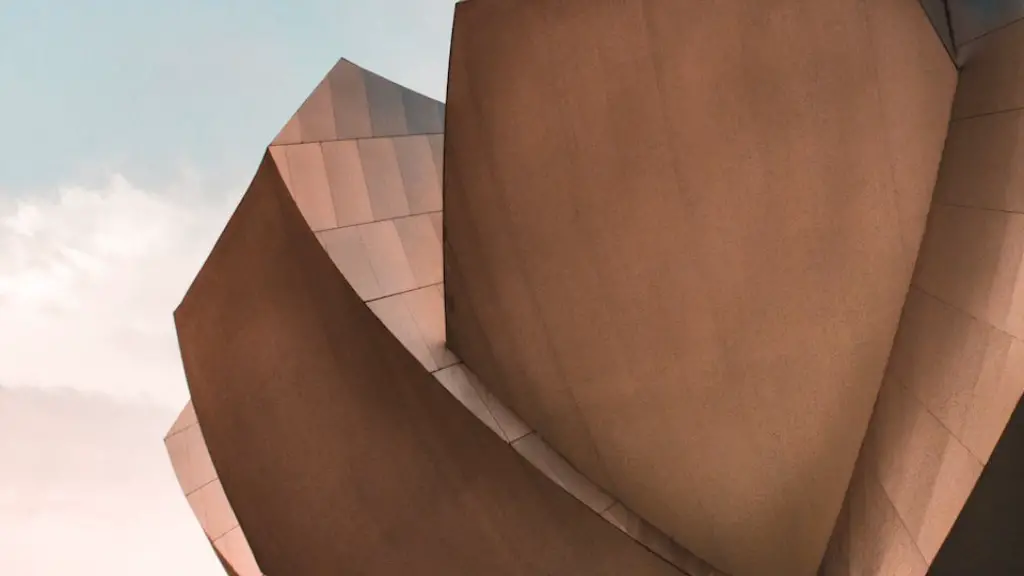History of European Architecture
European architecture is characterized by a long history of development and innovation, with many different periods influencing current styles. It has been heavily influenced by cultural movements, political forces, and architectural movements since the dawn of civilization. The Ancient Greeks and Romans are credited as the founding fathers of European architecture, not only for their aesthetic designs but also for the basic principles which still guide architecture today. The use of arches, columns, and proportions still define the look of modern European architecture. In medieval Europe, form and function defined building construction in response to the needs of a growing population and the rise of powerful state institutions. Advancements in roof design, wall construction, and the mass-production of building materials helped spur the Gothic movement, which in turned evolved into the Renaissance style of architecture, characterized by its symmetrical forms, classical columns, and the revival of Greek and Roman elements. The Baroque and Rococo designs of the 17th and 18th centuries included ornate decorations, asymmetrical shapes, and dramatically curved designs.
Influence of Religion
European architecture was also heavily influenced by religion. This was particularly evident in the Renaissance period, when Catholic churches showcased dazzling stone facades and magnificent placements of internal art and decoration. Arts of the time reflected a renewed fascination in classical antiquity, transforming ancient monuments into valuable symbols of faith. Similarly, during the Baroque period, churches were adorned with dramatic interiors, heavy ornamentation and gold accents. Even today, it is the cathedrals and churches that represent the pinnacle of European architecture, outshining their modern counterparts.
Contemporary Landscape
In the modern era, European architecture has shifted from its traditional, religious past towards a more versatile style. This has been especially true for urban environments in Europe, which have witnessed the construction of high-rises and sprawling office complexes over the past few decades. While some critics argue that many of these modern structures lack flair and elegance, there are certainly a number of standout projects that still feature many of the traditional design elements and details. Apart from the commercial or industrial buildings, residential homes and apartments are often quite elegant, with a variety of contemporary and traditional styles. In addition, many historic buildings have been diligently preserved across the continent, maintaining the unique identity of Europe’s architectural legacy.
Priority of Function
For many contemporary architects, function has become an important priority. The desire to be both eco-friendly and cost-effective has forced many designers to reinvent traditional styles and focus more on the practicality of space. This has led to the use of more advanced materials and techniques, such as biophilia, green roofs and sustainable construction. However, the overall goal of these innovations is still to create beautiful, functional and safe structures that are rooted in the European tradition.
Global Impact
The value of European architecture can still be seen around the world. The traditional styles of Greece and Rome, as well as later periods, still provide inspiration to many global architects today. Additionally, many European cities are considered to be global examples of urban planning and architecture, from the awe-inspiring structures in Paris and Barcelona to the efficiently designed townhouses and cobbled streets in many Britain’s cities. Europe’s delicate balance between modernity and classicism can be seen in the works of noted architects such as Gaudi and Bernini, who have gone on to influence architects around the world.
The Appeal
What makes European architecture so appealing is the way it reflects Europe’s diverse cultural, religious and political history. Every era and style adds its own unique perspective, while managing to remain cohesive and inspiring. Rather than a homogenous style, European architecture manages to create a united architectural language while honoring its individual elements. This is what makes European architecture so unique and so beautiful.
Appreciation of Beauty
Against the backdrop of an increasingly complex, industrialized world, the beauty of European architecture stands out and provides a necessary respite. From the towering cathedrals and castles to the quaint old villages, the architecture of Europe is something to be appreciated and enjoyed. They remind us of a rich, vibrant culture that has a long and beautiful architectural history, and the importance of preserving that heritage for the future.
Innovation and Traditions
European architecture is essential in the ongoing conversation of design, inspiring innovation and breaking away from traditions. There are a variety of styles that make up European architecture, from the classical forms of ancient Greece to the modern interpretations of contemporary cities. Each style has something to offer, providing an anchor to explore the latest developments in architecture while still honoring the traditions that have been so influential up to this point.
Influence of Nature
The beauty of European architecture is often linked to its artistry and ability to work with nature, rather than against it. Many European buildings are designed to blend into their geographic location, thanks to the use of natural elements such as stone, wood, slate, and tiles. Many remarkable buildings from the past take a minimalist approach, as seen in the homes of Greek villages and Italian villas. Even today, architects are encouraged to consider nature and to use natural materials when possible. With many modern cities turning to concrete and steel for construction, it is a welcome reminder that European architecture can still rely on the beauty of nature.
Impact of Technology
The role of technology should not be overlooked when discussing European architecture. Technology has allowed architects to push the boundaries of structural design and materials, while still adhering to the traditional styles of the past. For example, 3D models and computer-aided design (CAD) have had a profound effect on the way architects plan and construct buildings. The use of new materials, such as plastics and metals, have also allowed for unprecedented design possibilities. Advanced technology has allowed architects to create extraordinary structures that honor the past, yet are firmly rooted in the present.
Importance of Line and Proportion
One of the essential cornerstones of European architecture is the importance of line and proportion. Symmetry and balance are fundamental principles that are often seen in traditional buildings, providing a sense of beauty and elegance. This is especially true in the classical styles of Greece and Rome, where the use of proportions and forms has led to the construction of timeless and enduring structures. To this day, modern architects still rely on these same principles, often making use of geometric forms, lines, and other design elements to create beautiful buildings.


